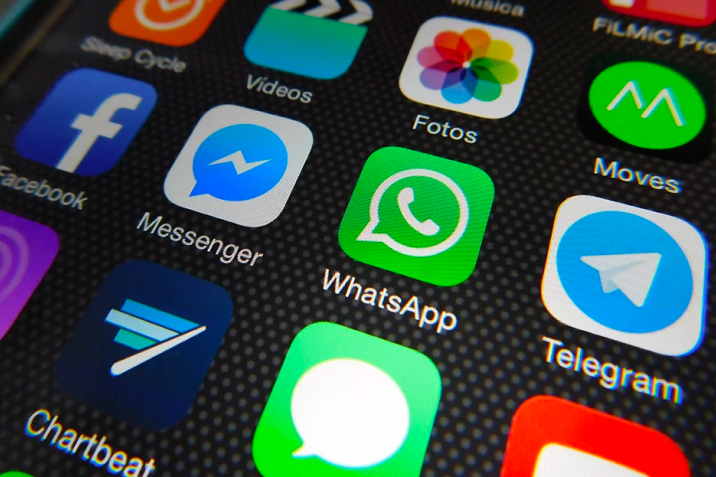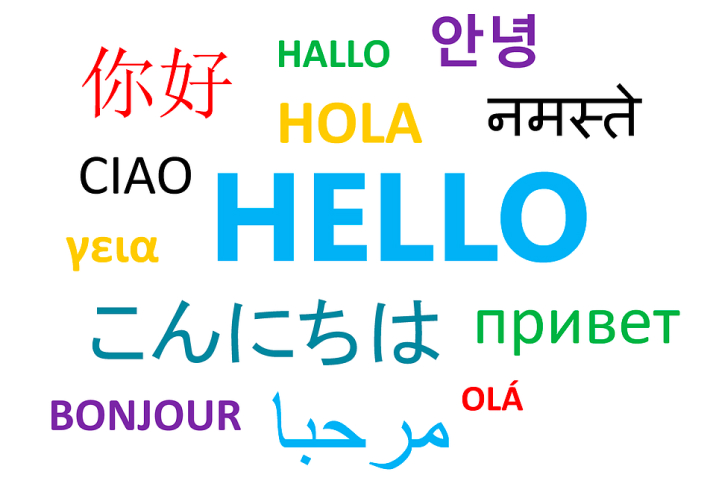
Mobile App Translation: Capturing Global Markets
Written by Marc Alringer
Every day, there are more non-English mobile users entering the app market. In turn, there’s a tremendous demand for app developers to provide multilingual support and features in their app. However, language barriers are not the only thing developers need to worry about.
This article will help you understand the importance of mobile app translation, its fundamental processes, and its advantages.

What is Mobile App Translation?
Foreign audiences tend to prefer content that is available in their native language. Apps are no exception to that rule. It makes sense right? Why would anyone waste their time using, much less navigating, an app that they can’t understand?
To get quality translations, you’ll have to get in touch with a professional translation agency that also does mobile app translation. They have access to native speakers that can provide you with grammatically and contextually accurate translations.
Try not to assume that Google Translate is enough for your translation needs, especially for a project as big and complex as an app. Take a look at this informative article to learn more about the mobile app translation process and tips in finding the right translation agency.
However, when developing a multilingual app, translation is only part of the process. Language is all but a fragment of multilingual apps’ user-experience. This is where the science and art of mobile app translation comes into play.
The Irreplaceable Role Of Localization In Mobile App Translation
Another crucial aspect of mobile app translation is that it inherently involves incorporating localization strategies. Localization is a strategy of adapting your content until it is linguistically and culturally appropriate for your target market. In other words, it’s about making your content relevant to your target audience.
More likely than not, translation agencies also provide app localization services so they’ll be able to assist you from start to finish. Aside from adjusting to linguistic nuances, here’s a short list of factors that app developers must take into account in their localization process.
Cultural Preferences
In order to capture the attention of your audience, you should include traditional or pop culture references in your app. This will require numerous hours of research to identify what exactly ‘tickles’ your audience.
Mind you that cultural references change all the time. Take advantage of current cultural fads that are prevalent in your target market and use it to your advantage. Incorporate this content to produce a mobile app that resonates with your audience.
Social Norms
You can see this as an extension of the previous point, but rather is more of a proactive approach to localization. We can’t emphasize enough the importance of paying close attention to not only cultural taboos but also to social, religious, and political norms.
There are varying consequences when committing faux pas, but this depends on your target market. Some social, political, and cultural references generate so much more fiery sentiments than others so it’s best to conduct extremely thorough research to avoid treading on landmines.
Aesthetics
What we value as beautiful and appropriate varies between cultures and societies. This is also true for colors. In one culture, the color red symbolizes wealth and fortune but in another culture, it symbolizes blood and conflict. Keep this in mind as your particular color scheme might work for one market but might fall short in another.
Another thing about aesthetics to keep in mind throughout your localization process is that you should use pictograms instead of embedded texts in your media. They are illustrations that convey universal meanings. Pictograms will declutter your app development process and save you time and money since you won’t need to individually translate each one.
Is Mobile App Translation Really Necessary?
Now that you understand the complexities of mobile app translation, some of you might start to wonder whether it is worth investing the time and resources. That’s a perfectly reasonable question and that partly depends on your team’s goals and objectives.
In reality, not all app developers are equipped with equal resources. App development is definitely an investment and it suffices to say that it isn’t cheap to begin with. You can learn more here about the average costs of app development.
Mobile app translation isn’t just for businesses who plan to go global. When your market consists of multilingual speakers such as the American market, then translation might fall under your to-do list.
How Does Translation Affect User Experience (UX)?
Enhancing the user experience is one of the prime objectives of any app developer. However, user experience doesn’t only involve the app’s content and functionality. Under the perspective of a multilingual audience, user experience is also dependent on whether or not the app is tailored for them.
As mentioned before, native speakers prefer content that is available in their native language. By providing accurate translation and localized content, app developers can establish a meaningful presence within their target markets.
Which Languages Should You Prioritize In Your Mobile App Translation Process?
Are you unsure which languages you should translate your mobile app into? Here’s a simple but helpful list that defines the most popular languages worldwide.

English
You’re certainly aware that the market for English-speaking mobile users is enormous and widespread. Of course, you have the standard markets of America, the U.K, and Australia, but there are definitely more English speakers to cater to in emerging markets such as India and the Philippines.
German
When branching out to mainland Europe, it’s recommended to translate your app into German first. Aside from Germany being the economic powerhouse of Europe, there are also many German speakers bordering Germany (i.e. Belgium, Austria, Netherlands, Switzerland, Liechtenstein, Luxembourg, Denmark, Hungary, and Poland).
Mandarin
China has officially overtaken the American market as the country with the highest number of mobile users. The Chinese market is focused in Mainland China, so businesses should translate their app into Simplified and Traditional Chinese.
Korean
Although not as numerous as the Chinese mobile user base, the Korean mobile user is still a major mobile app market. The Korean mobile app and gaming culture is well known so it’s best not to miss out on the opportunities in catering to the Korean audience.
Japanese
Similar to the Korean market, the Japanese market also boasts a vibrant mobile app and gaming culture. Not only that, there are more mobile users in the Japanese market than in the Korean one.
Spanish
There are more than 400 million Spanish speakers worldwide. The Hispanosphere ranges from Spain, Latin America, the Caribbean, and includes the Hispanic diaspora in America. Mind you that you need to have different localization strategies for each Spanish market since they’re all culturally and socially unique.
Final Takeaway
Translating and localizing an app is definitely time-consuming. The long and short of it is that mobile app translation and localization will add more stages in the app development process. Check out this article that provides a checklist for app developers and what they need to do before launching their app.
Mobile app translation is not a simple task and requires additional time and resources to do it properly. You may not have the time and budget to pursue mobile app translations, but the value-add is certainly worth the investment if and when the opportunity presents itself.
In the meantime, if you plan to pursue global markets, we recommend assembling a marketing plan and strategy to market your application appropriately in those foreign countries.
Mobile app translation and localization are one of the proven avenues to increase your market share and one that allows businesses to stay ahead of their competition.








